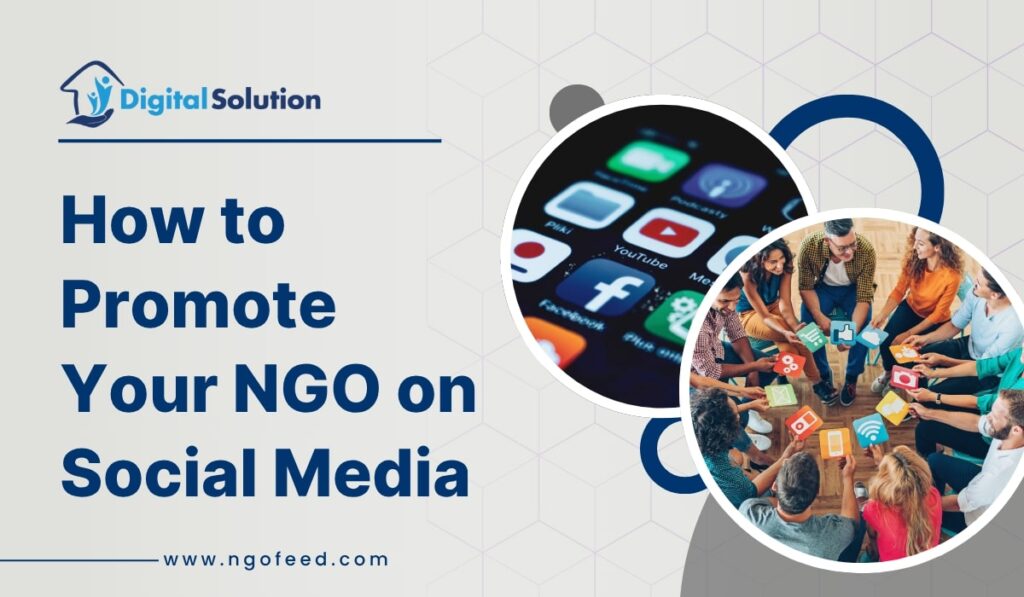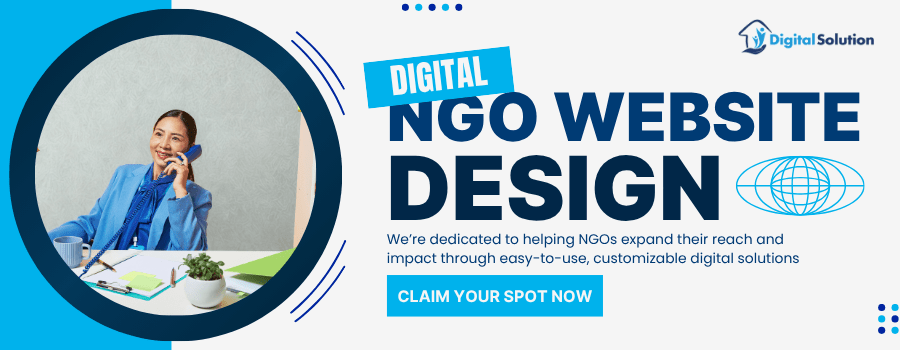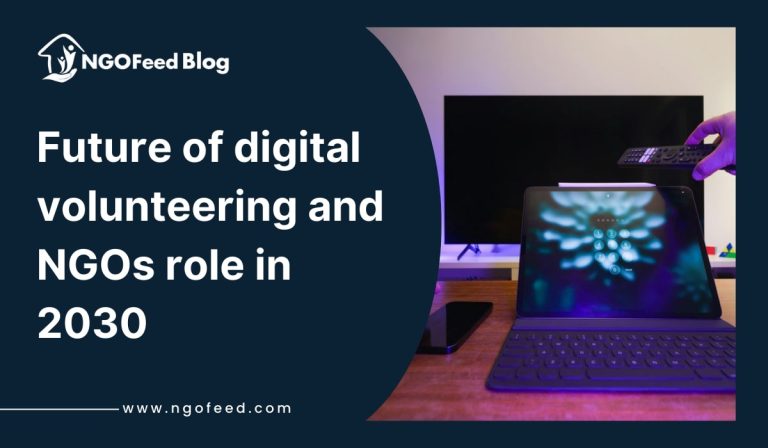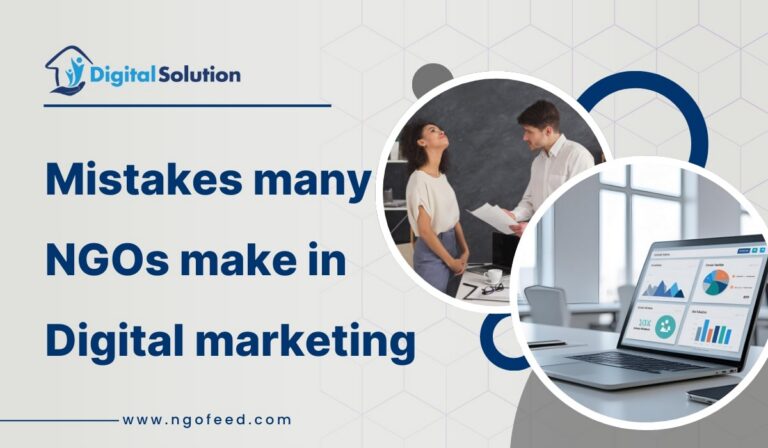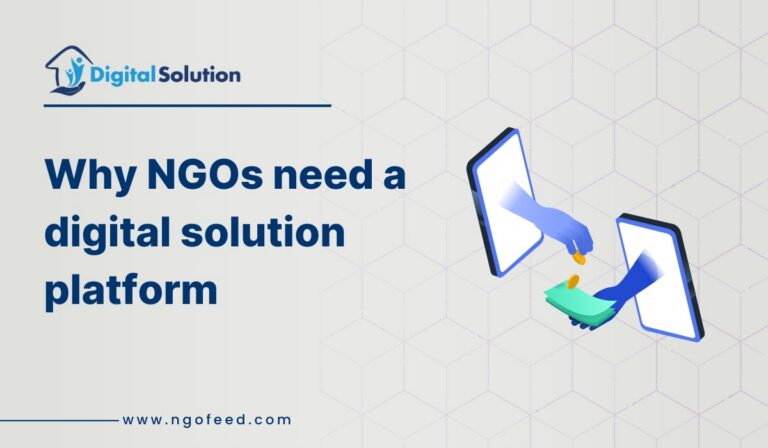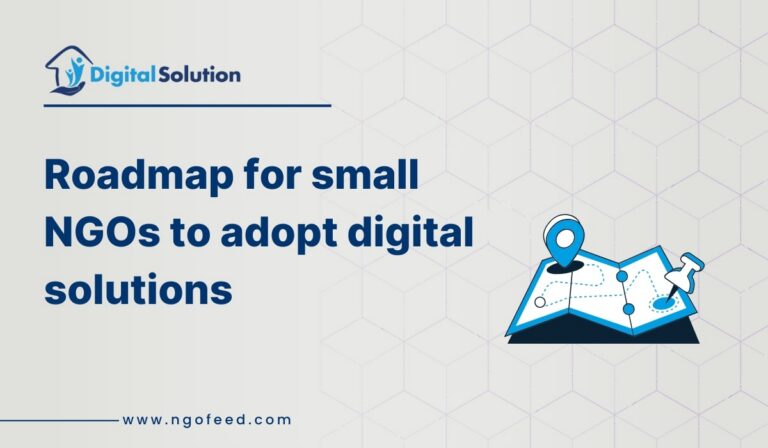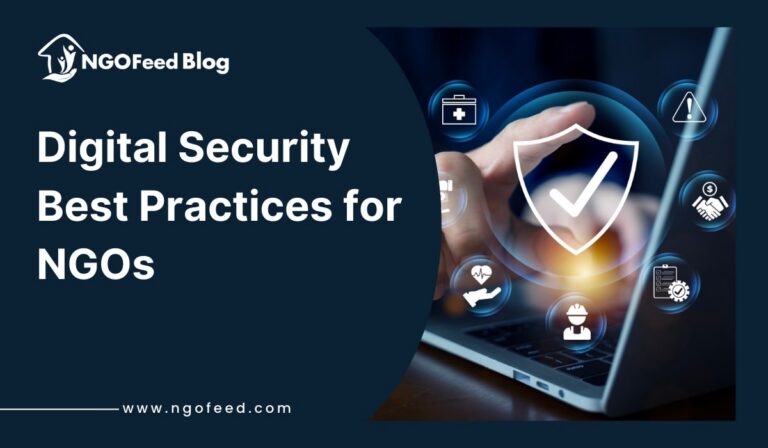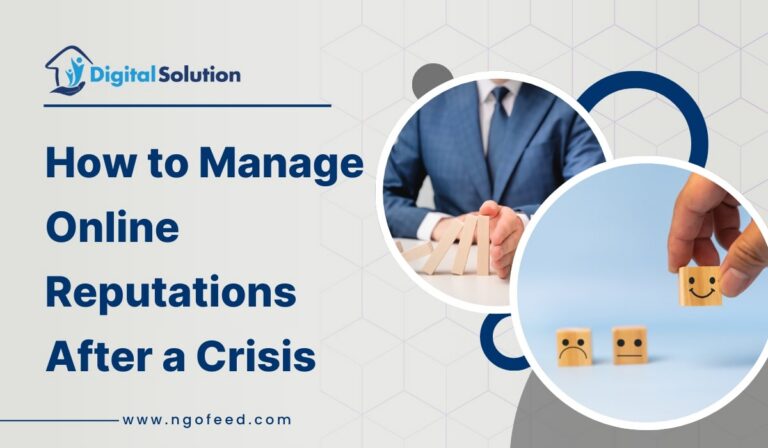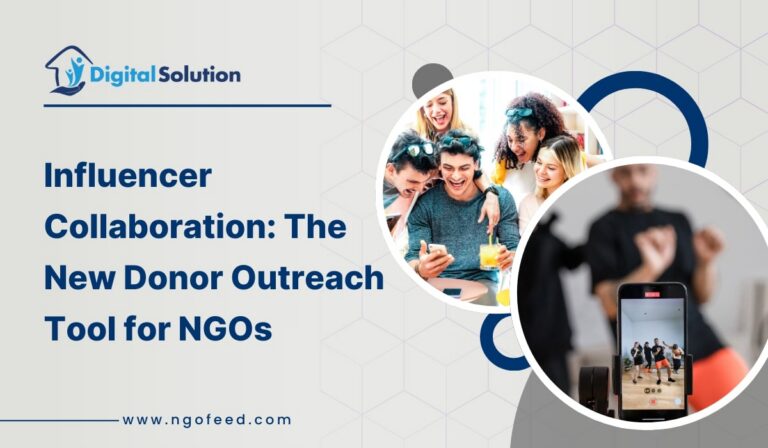How to Promote Your NGO on Social Media: As the digital sphere continues to evolve rapidly, social media now occupies a role as a technical environment, mainly as the fountain for visual images through their smart devices and a space for social networking. For nonprofit organizations such as NGOs (non-governmental organizations), this is a significant opportunity to share their mission, engage followers, and increase visibility.
Social media is your friend especially if you are working for an NGO and wanting to reach a broader audience. This essay will provide you with simple and easy methods of using social media to promote your NGO and hopefully will be straightforward readable language and realistic techniques.
Table of Contents
Also Read: First Party Data for Nonprofit
The Importance of Social Media for NGOs
Before jumping into the “how” let’s spend a moment focusing on the “why”. Social media provides NGOs with an important opportunity to connect with supporters, volunteers, donors, and others who may also lead to connecting to those organizations. The right social media platform can provide NGOs with the opportunity to:
- Increase awareness and reach more members, donors, and volunteers through the appeal to the audience
- Provide updates of program activity in real-time – you can tell the story through showing the world, what you are doing
- Engage in their story and build trust (storytelling)
- Fundraising and donation campaigns promotion
- Collaboration with partners and other organizations Best of all most of it is FREE, who has the biggest budgets for marketing?
How to Promote Your NGO on Social Media
Know Your Purpose and Your Audience
Knowing why you are using social media and who you want to talk to is the first step to success on social media.
Also Read: How to Host Successful Nonprofit Events
Define Your Goals
Ask yourself questions like:
- Do you want more people to know about your cause?
- Do you want volunteers or donations?
- Do you want to raise awareness about a social issue?
Your goals will guide your content.
Know Your Audience
Know who you are talking to:
- Young students?
- Working professionals?
- Parents or locals?
This will help you speak their language and help you decide which platform to use.
Select Appropriate Channels
There are many channels, and they’re not all created equal. Here is a quick overview on some of the most used platforms:
- Facebook: Useful for creating any community pages, events, and stories.
- Instagram: Best if you have visuals e.g., photos, and/or reels and stories.
- Twitter (X): Great for updates, quick facts, and trending.
- LinkedIn: Valuable for connecting with other professionals, CSR teams, and prospective partners.
- YouTube: Excellent for documentaries, interviews, and more.
You do not need to engage on every platform; rather, choose 2-3 that work for your NGO and audience.
Also Read: The Power of Video Marketing for Nonprofits
Develop a Content Plan
Random posts won’t get much attention. A content calendar will keep you organized and consistent.
What to Post?
Here are some straightforward content ideas.
- Success stories: Highlight the real impact of your work.
- Behind-the-scenes posts: What does your team and volunteers do?
- Awareness posts: inform followers of the facts and tips related to the issue you are working on.
- Events and campaigns: Bring attention to your upcoming event and/ or fundraisers.
- Volunteer shout-outs: Thank and appreciate your volunteers.
Use A Variety of Content Types:
- Photos: Human faces, real emotions, and activities create more likes.
- Videos: Honest-to-goodness short videos can go viral.
- Quotes and stats: Simple but impactful.
- Infographics: Simple, easy-to-read graphics on complex issues.
Also Read: The Vital Role of NGOs in Modern Society
Share Powerful Stories
People relate to people—not numbers or facts. Social media is one of the best platforms to share real, and compelling stories of the people who you help.
For example:
“Meet Aarti, she’s a 12 years old who didn’t attend school until last year. Thanks to your generosity, Aarti is now in grade 5 and hopes to be a teacher!”
Please use real photos and let them speak for themselves. Storytelling builds trust and empathy.
Use Hashtags and Trends effectively
Hashtags allow new people to discover your content. Use relevant hashtags, such as:
- #NGO
- #SocialChange
- #DonateNow
- #Volunteer
- #ClimateAction (or what best fits your cause)
Social media is great to participate in trending days such as:
- #WorldEnvironmentDay
- #InternationalWomensDay
- #GivingTuesday
Please remember to be real and authentic. Don’t just use hashtags to gain exposure—connect them with your work or content.
Go Live and Engage
Going “Live” on Facebook or Instagram is a great way to connect in real-time. You can:
- Share what you’re doing
- Host Q & A sessions
- Interview volunteers or beneficiaries
People love to engage live. It feels real and build deeper connections.
Collaborate with Influence and/or Partners
You don’t have to be famous to leverage support from others who are!
Also Read: HubSpot for Nonprofits
Partner up with Micro-Influencers.
Micro-influencers are local or topic-based influencers, with smaller but very loyal followers. Ask them to:
- Visit your NGO
- Talk about your work
- Promote your events
It will create new audiences and legitimacy!
Partner with Other NGOs or Brands
Find like-minded organizations to partner with. It shows collaboration, and can expand your audience.
Ask for User-Generated Content
Let your supporters speak for you. Ask them to:
- Share their experiences
- Post event info
- Use your campaign hashtag
When they post, you can share their posts or stories and show that you appreciate their content. This can lead your supporters into a place where they belong to a strong and loyal community.
Also Read: Digital Advertising Acronyms for Nonprofits
Use Social Media Ads (if you can)
Even small amounts of ads help.
Sites like Facebook and Instagram give you targeted ads. Your targeted ads can be based on:
- Location
- Age group
- Interests (“charity,” “education,”etc.)
You can run social media ads for your donation drive, video, or website. Even just 100-500 rupees can get your post to thousands!
Keep Track and Reflect
Use your social media to promote, but don’t forget to use it to track!
- How many likes, shares, and comments did you earn?
- Did anyone visit your website?
- Did you have an increase in volunteers or donors?
There are many tools available for tracking, including Meta Insights, Instagram Analytics, and Google Analytics.
Find out what works—and do more of it.
Also Read: Role of Data Analytics in Nonprofit Decision Making
Be Consistent, Be You
You don’t need to have flashy graphics, or viral videos. Here’s what matters:
- Consistent posts (2 – 4 times a week is good)
- Being honest and transparent
- Showing your work, your struggles and your successes
Being consistent will build familiarity and trust, in which will build support.
Celebrate Small Wins and Big Milestones
Don’t wait for some spectacular accomplishment to post something. Celebrate:
- A kid completing a school year
- A tree planting day
- Completing a successful donation of ₹5,000
Also Read: Future of NGOs How Trends Like Web3
A small success shown is True progress. It keeps your supporters engaged and excited.
Take advantage of free tools to keep it simple
Here’s a list of tools that will make it easier to create content:
- Canva – for poster/stories/infographics
- In Shot – for editing your short video and reels
- Buffer or Meta Business Suite – for scheduling posts
- Google forms – for volunteer sign up or feedback
You do not needs a social media manager full time, just a bit of creative planning.
Final Thoughts: Your Voice Can Be a Catalyst for Change
Although using social media to promote your NGO may feel overwhelming at first—it’s about being genuine, sharing the story of your journey, and inviting others for the ride. Social media allows you to voice your opinion, share your experiences, connect with the world, and even grow another step beyond.
Also Read: Collaboration vs Competition
Remember you are not selling a product, you are giving people an opportunity to be a part of something bigger. Which is powerful in itself.
Remember to start small and build your consistency and authenticity. Whether you make a difference for one person or a thousand your work counts—and social media is a way to show the rest of the world.

